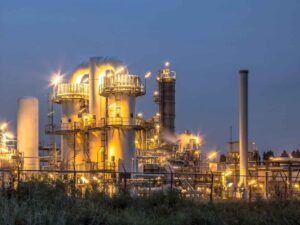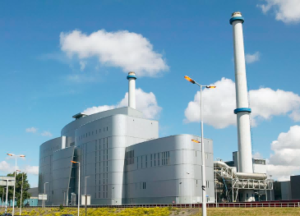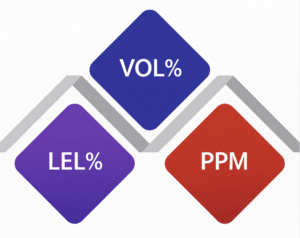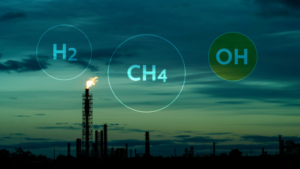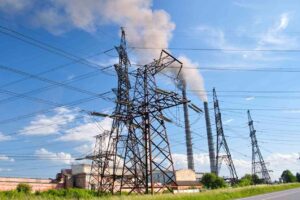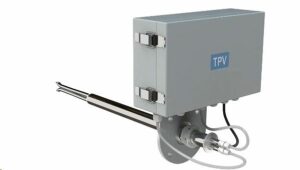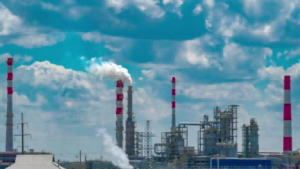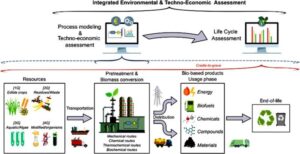When emergencies strike, delayed gas detection can lead to disastrous outcomes. Portable FTIR gas analyzers offer a fast and accurate solution to protect lives and environments.
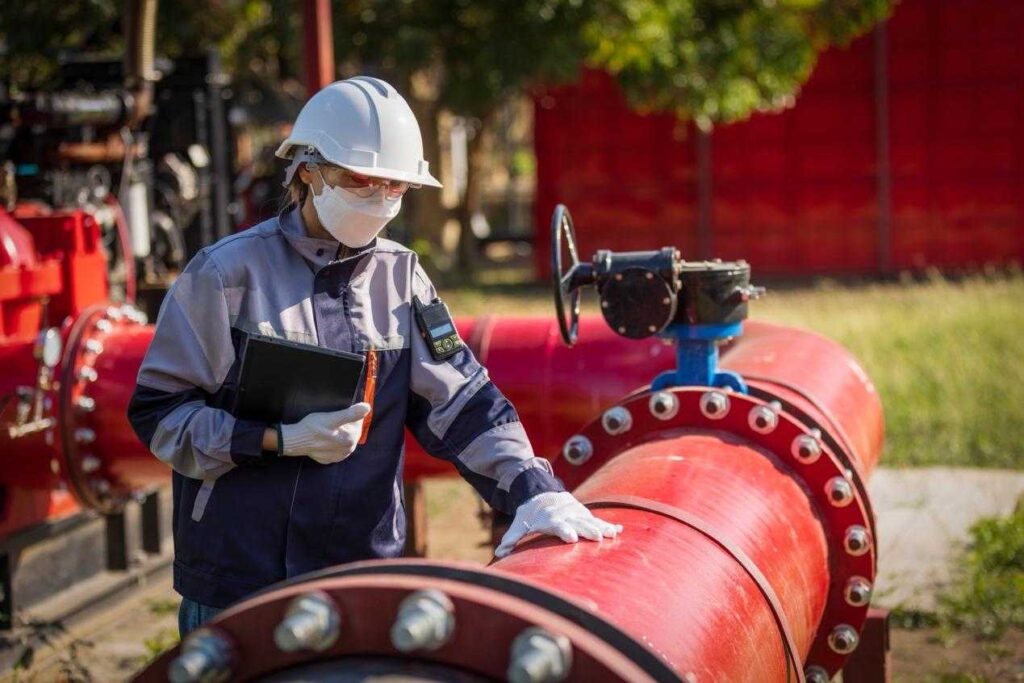
Portable FTIR gas analyzers enable rapid, accurate, and real-time detection of multiple hazardous gases during emergencies, significantly enhancing response efficiency and safety.
Emergencies demand immediate action. Even with an answer in hand, understanding why portable FTIR analyzers are so effective will equip you with the knowledge to optimize your emergency response strategies.
Why is Rapid Gas Detection Critical During Emergency Responses?
Emergencies such as chemical spills, industrial fires, or gas pipeline ruptures often release hazardous gases into the environment within seconds. Failing to detect these gases immediately (Pain) can escalate a manageable incident into a large-scale disaster, endangering human lives, causing irreversible environmental damage, and complicating subsequent containment efforts (Agitate). Portable FTIR gas analyzers offer a real-time, on-site solution for rapid and accurate detection, preventing such escalation (Solution).
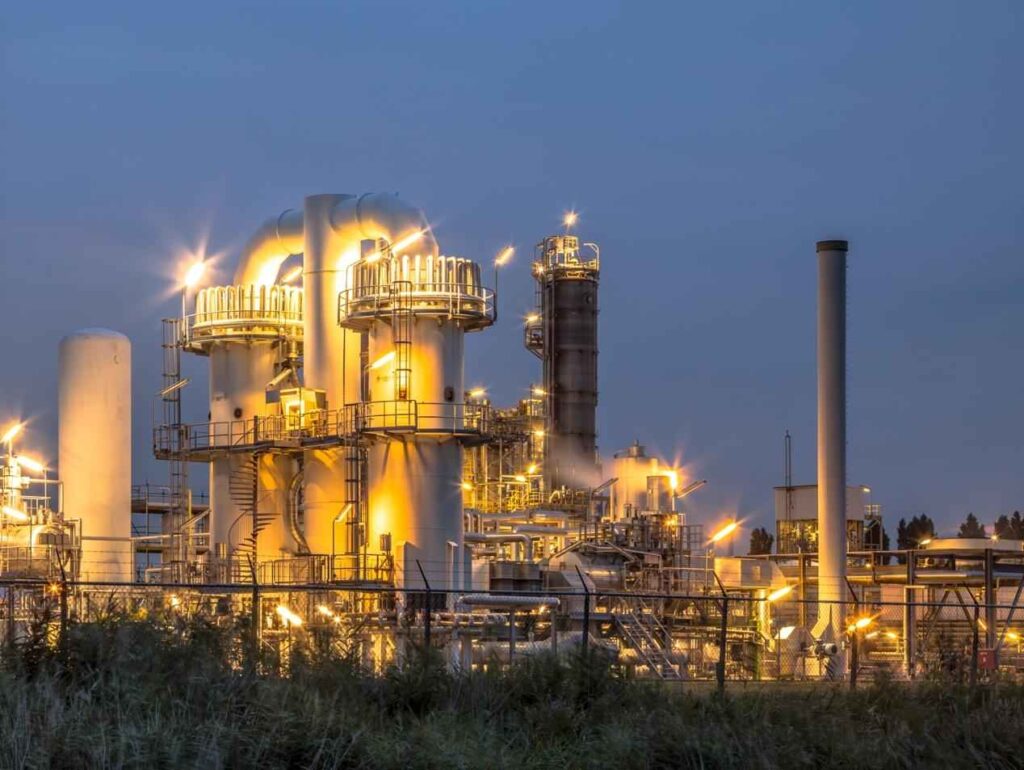
In emergency situations, invisible threats such as hydrogen sulfide (H₂S), carbon monoxide (CO), or volatile organic compounds (VOCs) can spread quickly through the air. Traditional detection methods—such as colorimetric tubes or slow lab-based analysis—are often too slow or specific to a single compound, leaving critical gaps in early response. For instance, after an accidental ammonia leak at a fertilizer plant, even a delay of a few minutes in identifying the gas concentration can expose nearby communities to severe respiratory hazards.
Immediate gas detection enables:
- Rapid Risk Assessment: Knowing the type and concentration of gases allows teams to size up the hazard instantly.
- Strategic Decision-Making: Emergency managers can determine evacuation zones, shelter-in-place orders, or isolation of leak sources based on real data.
- Proper PPE Deployment: Without knowing which toxic gases are present, responders might use inadequate personal protective equipment, risking lives.
- Environmental Impact Mitigation: Early identification of harmful gases facilitates quicker containment, reducing the spread to surrounding ecosystems.
Additionally, time-critical industries like oil refineries, chemical manufacturing plants, and transportation hubs depend on rapid gas detection not only for human safety but also for regulatory compliance. Agencies like OSHA, EPA, and emergency management bodies increasingly emphasize the role of real-time gas monitoring technologies like portable FTIR analyzers in disaster readiness plans.
In short, rapid gas detection is the frontline defense in emergency scenarios—transforming unknown threats into manageable risks through immediate, actionable intelligence. Without it, emergency response is not only delayed but dangerously blind.
How does a Portable FTIR Gas Analyzer Work in Emergency Monitoring?
In an emergency, relying on incomplete or delayed information can severely impair decision-making. Using conventional methods that only detect specific gases (Pain) often leaves emergency responders exposed to unknown threats or complex gas mixtures (Agitate). Portable FTIR gas analyzers solve this challenge by using advanced infrared spectroscopy to identify and quantify multiple gases simultaneously, in real time (Solution).

FTIR (Fourier Transform Infrared) spectroscopy operates by passing a broad-spectrum infrared light beam through a gas sample. Each gas molecule absorbs specific wavelengths of infrared light according to its unique molecular structure—creating a distinct spectral “fingerprint.” The analyzer collects these absorption patterns and compares them against an extensive internal library to accurately identify the present gases and determine their concentrations.
ESE-FTIR-100P portable FTIR gas analyzer can monitor various kinds of components in the emission, such as SO2,NO, NO2, CH4, HCl, HF, CO, CO2, O2, H2O. According to actual measuring need, it can be extended to measure other components, like SO3, N2O and etc. This portable system mainly comprises FTIR analyzer and sampling probe. It has features of high measurement accuracy, wide dynamic range and low detection limit.
Key technical features of portable FTIR analyzers that enhance emergency monitoring include:
- Simultaneous Multi-Gas Analysis: Unlike single-sensor detectors, FTIR can analyze dozens or even hundreds of compounds at once, including VOCs, acids, and toxic industrial chemicals (TICs).
- High Sensitivity and Accuracy: Detection limits can reach parts-per-billion (ppb) levels, ensuring early warnings even for trace-level threats.
- Real-Time Results: Measurements typically take less than a minute, enabling immediate situational assessment.
- Broad Spectral Range: Covering a wide range of gases, from small inorganic molecules like CO₂ and NO₂ to complex organics like benzene and formaldehyde.
- Non-Destructive Testing: The sample remains unaltered during analysis, critical for forensic or legal documentation.
During an incident, the portable FTIR device can be carried directly into the field, placed on a tripod, or even operated remotely via Bluetooth or wireless control, reducing the need for personnel to enter hazardous areas. Additionally, real-time data can be streamed to command centers for instant analysis and coordinated response.
For example, in a refinery explosion scenario, a portable FTIR analyzer can immediately detect a combination of hydrogen sulfide (H₂S), carbon monoxide (CO), and hydrocarbons, enabling responders to understand the threat profile without waiting for lab confirmation. This speed and precision can be the difference between effective containment and large-scale disaster.
In essence, a portable FTIR gas analyzer transforms emergency monitoring by providing comprehensive, immediate, and highly reliable gas analysis—arming emergency teams with critical intelligence exactly when and where they need it most.
What Gases can Portable FTIR Analyzers Detect During Emergencies?
In emergency situations, responders often face the unknown. Failure to identify all hazardous gases present (Pain) can lead to misjudgments, resulting in improper protective measures, inefficient containment, or even secondary disasters (Agitate). Portable FTIR gas analyzers address this uncertainty by detecting a broad spectrum of gases simultaneously, offering comprehensive situational awareness (Solution).
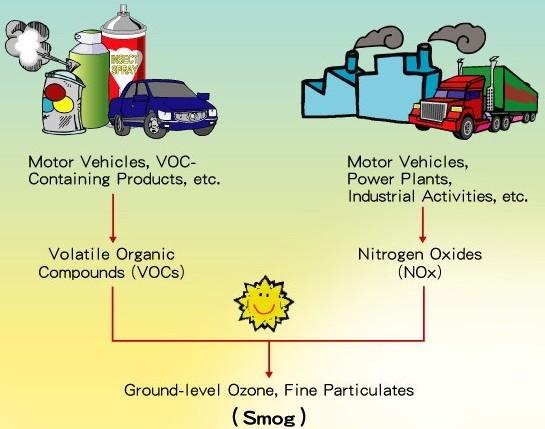
Thanks to their wide spectral range and sophisticated detection algorithms, portable FTIR analyzers are capable of identifying and quantifying dozens to hundreds of different gases across various chemical families, including:
- Toxic Industrial Chemicals (TICs):
Such as ammonia (NH₃), chlorine (Cl₂), hydrogen chloride (HCl), sulfur dioxide (SO₂), and hydrogen sulfide (H₂S). These substances are common in chemical plants, refineries, and transportation accidents involving hazardous materials.
- Volatile Organic Compounds (VOCs):
- Greenhouse and Combustion Gases:
Carbon monoxide (CO), carbon dioxide (CO₂), methane (CH₄), and nitrous oxide (N₂O). In emergencies involving fires, explosions, or gas line ruptures, rapid detection of these gases is critical for health and environmental safety.
- Acid Gases and Corrosives:
Gases like nitric acid vapors (HNO₃) and sulfur trioxide (SO₃) can be released during industrial chemical incidents, posing risks of severe burns and respiratory injuries.
- Explosive or Flammable Gases:
Methane (CH₄), ethylene (C₂H₄), and other hydrocarbons often present in oil and gas facilities or during pipeline ruptures.
For example, during a warehouse fire involving mixed chemical storage, a portable FTIR analyzer can simultaneously detect acrolein (C₃H₄O), hydrogen cyanide (HCN), and phosgene (COCl₂)—three highly toxic gases that would be difficult to identify quickly using traditional detectors.
Moreover, modern portable FTIR analyzers are continuously updated with extensive libraries containing thousands of gas signatures, ensuring responders can adapt to evolving industrial materials and chemical threats without needing multiple detection devices.
In summary, the wide detection capability of portable FTIR gas analyzers ensures that no critical gas hazard is overlooked, providing emergency teams with the full chemical picture required for informed, timely, and life-saving decisions.
In what Specific Emergency Situations are Portable FTIR Gas Analyzers Most Valuable?
Every emergency is unique, but chemical threats are often invisible and unpredictable. Relying on generic detection methods without accurate gas identification (Pain) can cause response delays, improper evacuation plans, or even direct exposure to lethal toxins (Agitate). Portable FTIR gas analyzers provide rapid, multi-gas, high-accuracy detection tailored to diverse emergency scenarios (Solution).
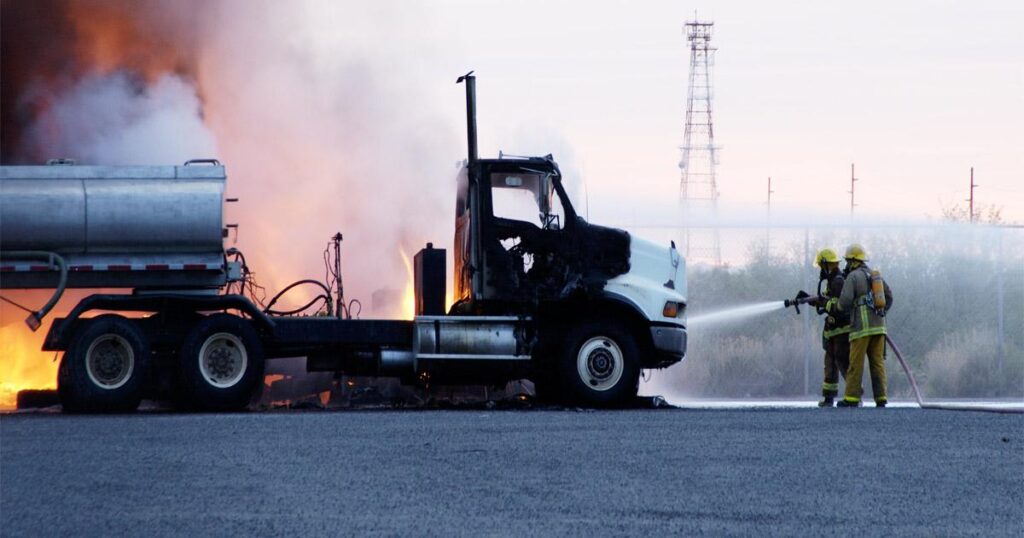
Here are key emergency situations where portable FTIR gas analyzers are indispensable:
- Chemical Plant Accidents:
In industrial facilities, accidental leaks of gases like chlorine, ammonia, or sulfur dioxide can occur. FTIR analyzers allow first responders to quickly assess the type and concentration of gases, enabling precise isolation and ventilation strategies while minimizing exposure risks.
- Hazardous Material Transportation Incidents:
- Industrial Fires and Explosions:
Fires in factories, warehouses, or refineries often release a combination of combustion products and stored chemicals, including VOCs and cyanide gases. Portable FTIR analyzers provide real-time monitoring, allowing emergency teams to adjust their tactics based on the evolving chemical landscape.
- Confined Space Rescues:
In scenarios like tank cleaning, sewer maintenance, or underground utility work, oxygen depletion and toxic gas build-up pose immediate life-threatening risks. FTIR analyzers can scan for multiple danger gases—such as hydrogen sulfide and carbon monoxide—before rescue teams enter, ensuring safer operations.
- Terrorist Attacks and Chemical Threats:
In CBRN (Chemical, Biological, Radiological, and Nuclear) threat responses, quick identification of unknown toxic chemicals is critical. Portable FTIR technology offers responders the ability to detect chemical warfare agents (CWAs) like phosgene or sarin precursors without delay, supporting safe containment and decontamination efforts.
| Emergency Situation | Typical Hazardous Gases | Value of Portable FTIR Gas Analyzers |
| Chemical Plant Accidents | Ammonia (NH₃), Chlorine (Cl₂), Sulfur Dioxide (SO₂) | Rapid identification of leaks; informs isolation and ventilation actions |
| Hazardous Material Transportation Incidents | Hydrogen Fluoride (HF), Vinyl Chloride (C₂H₃Cl), Acrylonitrile (C₃H₃N) | Simultaneous multi-gas detection; supports safe evacuation and containment |
| Industrial Fires and Explosions | Carbon Monoxide (CO), Hydrogen Cyanide (HCN), VOCs | Real-time analysis of toxic combustion products; dynamic response adjustment |
| Confined Space Rescues | Hydrogen Sulfide (H₂S), Carbon Dioxide (CO₂), Methane (CH₄) | Pre-entry atmospheric evaluation; reduces responder exposure risks |
| Terrorist Attacks and Chemical Threats | Phosgene (COCl₂), Sarin precursors, Mustard gas derivatives | Immediate detection of chemical warfare agents; supports rapid CBRN response |
For instance, during the catastrophic warehouse explosion in Tianjin, China, first responders using advanced portable gas analyzers were able to detect a lethal cocktail of gases—including sodium cyanide fumes and benzene vapors—which shaped immediate evacuation orders and medical preparations.
Thus, portable FTIR gas analyzers prove invaluable across a broad spectrum of emergencies, giving emergency teams the knowledge edge they need to protect lives, secure environments, and control chaotic situations swiftly and accurately.
Conclusion
Portable FTIR gas analyzers transform emergency monitoring by enabling fast, accurate, multi-gas detection in high-stakes environments. Their application not only safeguards responders and civilians but also supports swift, data-driven decision-making when every second counts.





